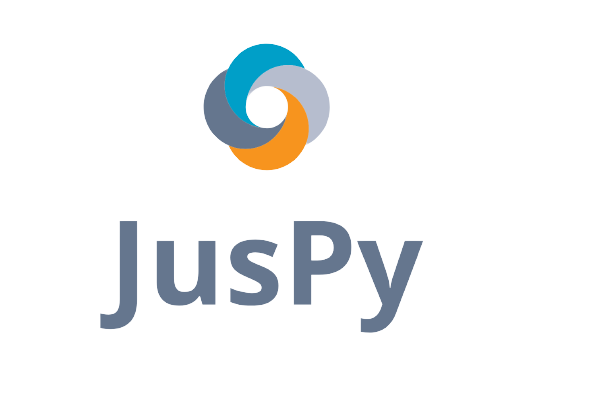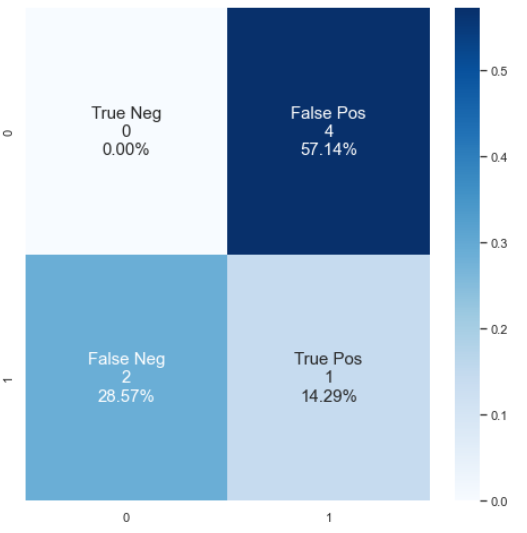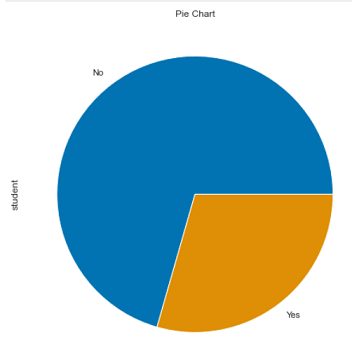juspy is a library for making EDA and Modelling in Python quick and convinient. It's built on top of:
- pandas
- numpy
- seaborn
- and many such great libraries
Our reccomended path of getting started with juspy
- Download & install Anaconda
- Open
Anaconda Prompt - In
Anaconda Prompttype
conda install -c conda-forge jupyterlab- and then
pip install juspy
jupyterlabIncase if you're having any trouble regarding installation or dependencies, kindly make sure you're using updated versions
conda update conda
conda update pip
conda update pythonAnd now try the above steps again
-
To test library's proper installation and working:
import juspy print(juspy.__version__) from juspy import greet print(greet.namastey())
Or, try greeting
print(greet.hello()) print(greet.ni_hao()) print(greet.hola()) print(greet.bonjour()) print(greet.schatz()) print(greet.ahlan()) print(greet.privet())
-
jpplot.confusion_matrix()
import numpy as np import seaborn as sns from sklearn.metrics import confusion_matrix y_true = [0, 1, 0, 1, 0, 1, 0] y_pred = [1, 1, 1, 0, 1, 0, 1] cf_matrix = confusion_matrix(y_true, y_pred) from juspy import plot as jpplot jpplot.confusion_matrix(cf_matrix)
-
jpplot.piechart()
import pandas as pd df_name = pd.read_csv("https://raw.githubusercontent.com/juspreet51/juspy/main/src/juspy/datasets/default.csv") from juspy import plot as jpplot jpplot.piechart(df_name["student"])
-
from juspy.linear_models import LinearRegression
from juspy.linear_models import LinearRegression as lin_reg
If they're producing some output, we're good to go






